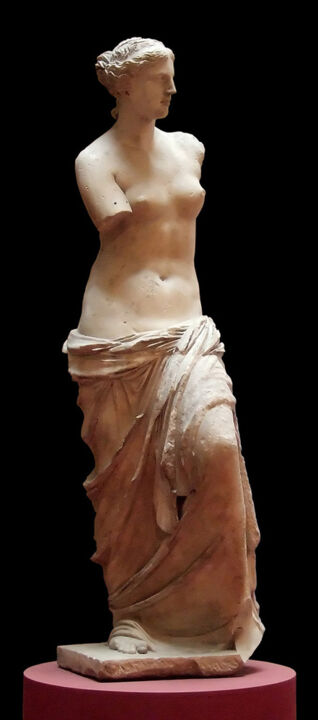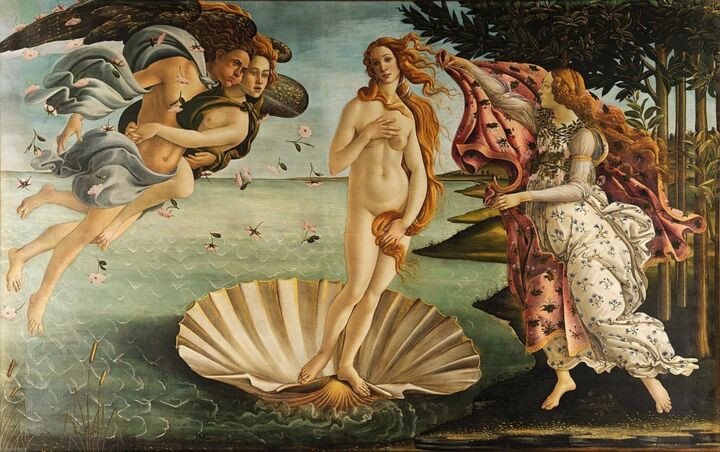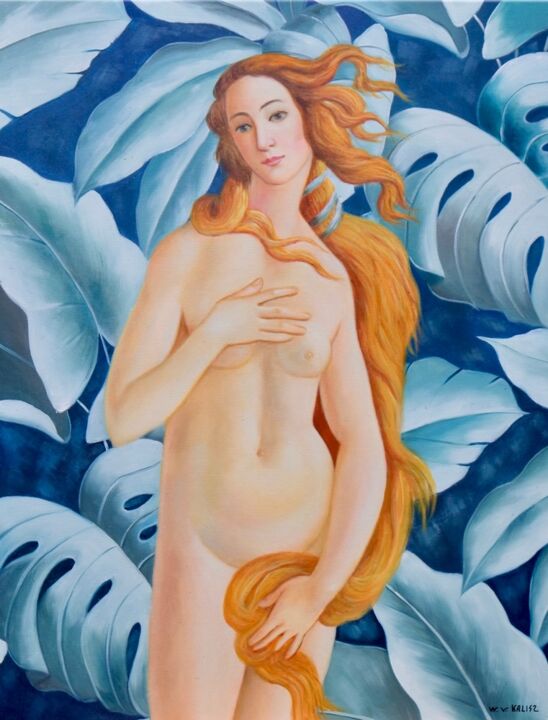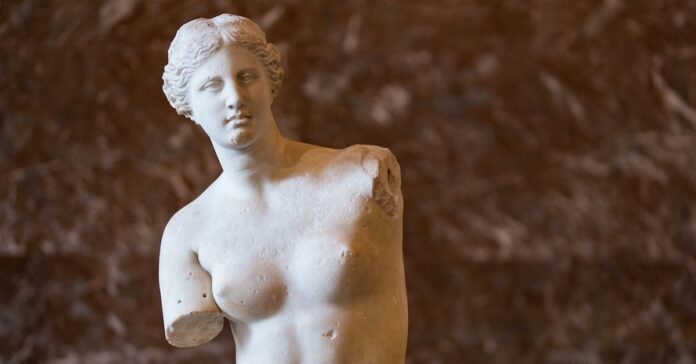Beauty is an abstract concept that often came to life in the works of the greatest artists of all time, but did not find a single form of representation. In fact, the idea of beauty is fluid as it is subject to change in the historical, cultural, economic, and social context in which artists have worked. This can be illustrated by the evolution that the image of the goddess of love Venus has undergone over the centuries…
Vénus de Willendorf

The Venus of Willendorf, the most famous of the Paleolithic Venuses, is an eleven-centimeter statuette depicting an upright nude female figure with hands resting on her chest, with a ridiculous face and a head covered with a hairstyle or headdress. The idea of beauty, like the image of Venus in art history, has undergone great changes.
Vénus de Milo

Aphrodite de Milo, or Venus de Milo, dated 130 BC and kept in the Louvre, is one of the most famous sculptures in the world, perfectly embodying the Hellenistic ideal of female beauty. This work, referring to a hitherto unknown episode in the life of Venus, depicts the goddess in an upright position, with a naked bust and a cloth that completely covers her pelvis and legs. The sculpture is attributed to Alexander of Antioch, a sculptor of the Hellenistic period (323 BC – 31 BC).
The birth of Venus by Botticelli

The Uffizi Gallery houses the most famous Venus in art history. This work, while re-proposing the Renaissance canon of beauty, is also connected to the classical world as it depicts a modest Venus who is determined to hide her nakedness with her long hair. As for the actual topic raised in the painting, it tells about the birth of the immortalized Venus over the shell, when she rises from the waters.
Venus by Wilhelm von Kalisch

The modern Venus, the work of Artmajeur artist von Kalisch is a new and highly original interpretation of Botticelli’s The Birth of Venus, featuring only the goddess standing out against an innovative blue background covered in large green leaves. Consequently, with the reduction in the number of characters and the loss of the original background, the work no longer tells the story of the birth of Venus but becomes a real glorification of her beauty, the beauty of Simonetta Vespucci.
Venus of SeCaM

In Sekam’s painting, Venus de Milo becomes, like Andy Warhol’s Marilyn Monroe, a pop icon who holds in her hands, now lost in a Louvre masterpiece, an everyday commodity of mass consumer society: a television. In addition, Artmajeur’s modern Venus, depicted in a simple and two-dimensional manner, stands out against a uniform background, which is intended to emphasize the contours of the goddess.

























